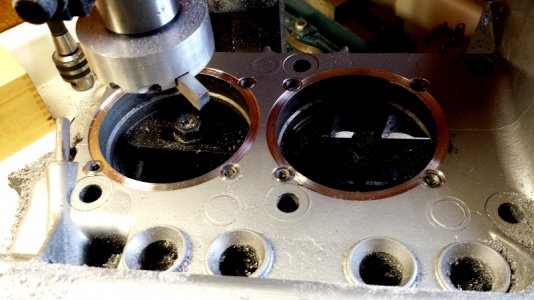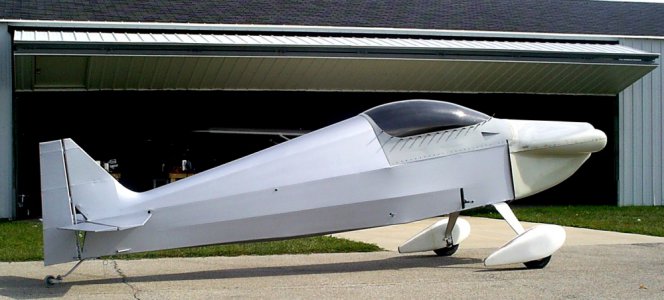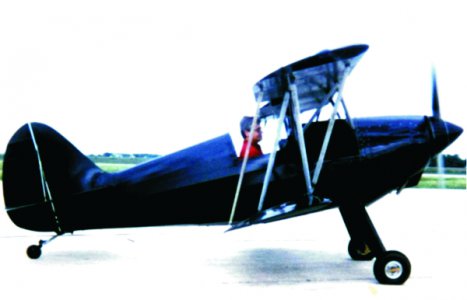- Joined
- Dec 22, 2012
- Messages
- 328
Building a VW aeroconversion engine for my experimental aircraft. Today I decked the engine so that all four cylinders rest the same distance from the crankshaft centerline. Sort of a "measure 27 times, cut once" deal, because a new case runs $1,000. I made the flycutter and tipped it with a high speed steel cutter, then fixtured each case half on the minimill bed and indicated it into position. The case material is a magnesium alloy. It cut a lot like 7075. The flycutter was best at low speed and feed. Happy with the end result - all four planes are within .001" of the crankshaft centerline, and parallel to the centerline. Ok, I got lucky. )
)
Thanks to Tony Wells for the encouragement.
Tom


Thanks to Tony Wells for the encouragement.
Tom


Last edited:



